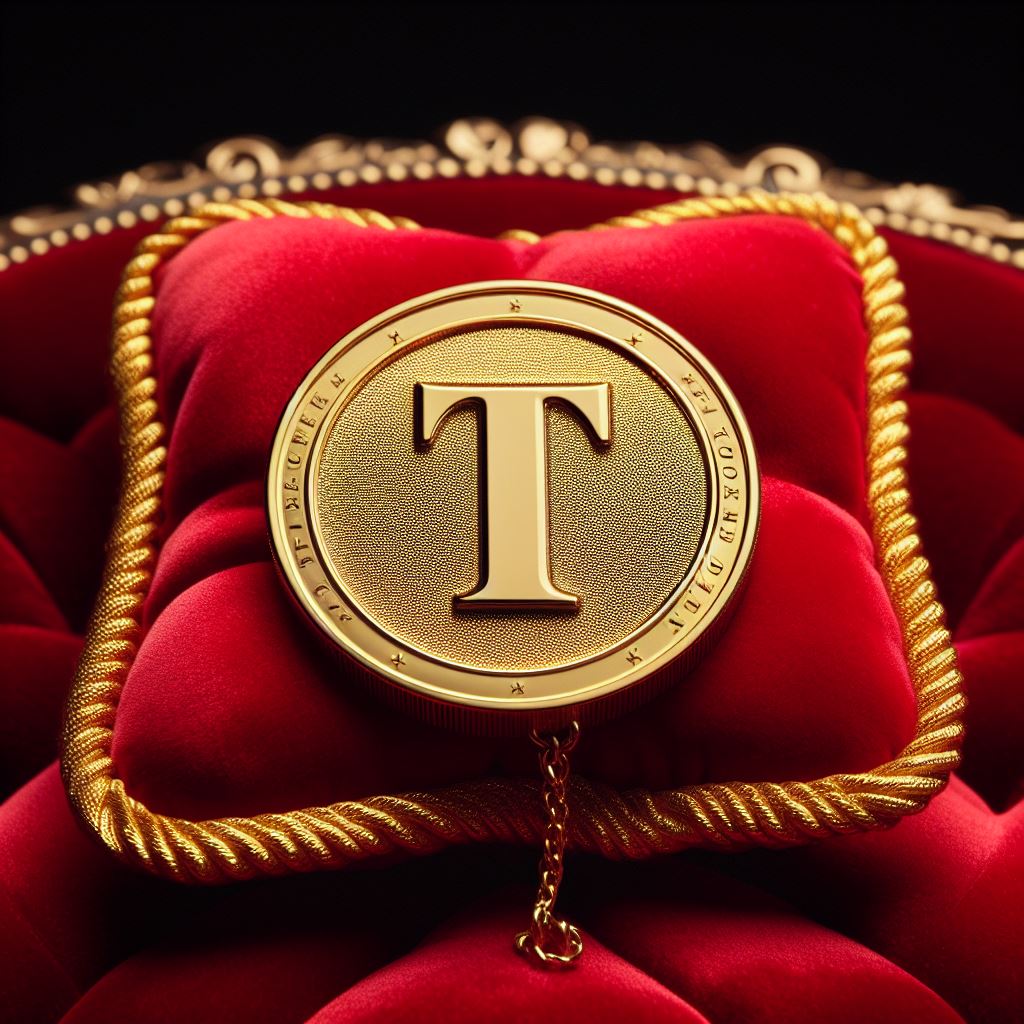In the vast realm of cryptocurrency, the terms “token” and “coin” often surface, each carrying distinct meanings and use cases. To navigate the complexities of this digital landscape, it’s crucial to grasp the nuances that set these two concepts apart.
Tokens: The Customizable Assets
Tokens are akin to the customizable LEGO bricks of the crypto world. Built on existing blockchain platforms like Ethereum, they represent a broad spectrum of digital assets. These assets can range from utility tokens, which grant access to a specific application or service, to security tokens, which mirror traditional financial instruments.
Imagine a bustling amusement park where the rides are powered by tokens. In this scenario, the park itself serves as the blockchain, and the tokens are the unique, interchangeable tickets required for different attractions. Each token can unlock a specific experience within the park, mirroring the versatility of tokens within blockchain ecosystems.
Tokens, often created through Initial Coin Offerings (ICOs) or Security Token Offerings (STOs), thrive within established blockchain infrastructures, leveraging the security and consensus mechanisms of their host platforms.
Coins: The Native Currencies
On the flip side, coins function as the native currencies of their respective blockchain networks. Bitcoin, the pioneer of cryptocurrencies, is the quintessential example. In this context, coins are like the currency notes you use to make transactions in your everyday life.
Consider Bitcoin as the gold standard of digital currency, where each coin represents a unit of value within the Bitcoin network. Similarly, other coins like Ethereum, Ripple (XRP), and Litecoin boast their own native ecosystems with unique functionalities.
Unlike tokens, coins operate independently, possessing their own blockchains and consensus mechanisms. They are the lifeblood of their networks, facilitating transactions and serving as a store of value.
Comparisons and Contrasts
While both tokens and coins fuel the expansive cryptocurrency universe, they differ fundamentally in their purposes and structures. Tokens thrive within existing blockchain infrastructures, providing utility or representing ownership. Coins, on the other hand, serve as the backbone of their independent networks, underpinning transactions and economic activities.
A crucial distinction lies in the creation process. Tokens are typically generated through smart contracts on existing platforms, while coins are often mined or minted within their native blockchains.
Conclusion: Navigating the Crypto Cosmos
In the labyrinth of cryptocurrencies, tokens and coins play pivotal roles, each contributing to the diverse tapestry of blockchain technology. Understanding these distinctions is akin to deciphering the varied currencies in a global marketplace.
As the crypto landscape evolves, staying informed about tokens and coins becomes imperative for investors, developers, and enthusiasts alike. Embracing the differences between these digital entities empowers individuals to navigate the crypto cosmos with confidence.
Token Example Usage: Gaming Platform
Consider a decentralized gaming platform built on the Ethereum blockchain. The platform’s native token, let’s call it “GameToken” (GTK), serves as the primary means of accessing in-game assets and features. Users can purchase GTK through ICOs or exchanges, and each token represents a specific value within the gaming ecosystem.
Players can use GTK to acquire virtual items like weapons, skins, or special abilities, essentially unlocking different levels and enhancing their gaming experience. Game developers, in turn, receive GTK as a form of compensation for creating and contributing to the platform. In this scenario, GameToken functions as a versatile, in-game currency, illustrating the utility and adaptability of tokens within specific blockchain environments.
Coin Example Usage: Peer-to-Peer Transactions
Imagine a peer-to-peer digital currency system, much like Bitcoin. Here, the native coin, let’s call it “PeerCoin” (PPC), becomes the cornerstone for facilitating direct transactions between users. PeerCoin holders can send and receive coins securely, utilizing the decentralized nature of the blockchain to ensure transparency and immutability.
Suppose Alice wants to buy a vintage comic book from Bob. They agree on a price, and Alice transfers a certain amount of PeerCoin to Bob’s wallet. The decentralized network validates and records this transaction on the PeerCoin blockchain, ensuring the security and integrity of the exchange. In this real-world application, PeerCoin acts as a digital currency, facilitating peer-to-peer transactions without the need for intermediaries.
Token and Coin in Action: Gaming Platform Integration
To draw a comparison, let’s envision a blockchain-based gaming platform that seamlessly integrates both tokens and coins. The platform’s native coin, “PlayCoin” (PLC), serves as the overarching currency for transactions within the gaming community. Users can purchase PLC on various exchanges or mine it through gameplay.
Meanwhile, specific in-game assets, like rare skins or unique abilities, are represented by tokens on the Ethereum blockchain. These tokens, say “AssetToken” (ATK), are purchased using PLC and provide users with ownership and access rights to those virtual assets. This synergy between a native coin and customized tokens illustrates the collaborative potential of both within a single ecosystem, catering to a diverse range of user needs.
